No. Been in government salmonid aquaculture/fisheries for over 30 years.
Navigation
Install the app
How to install the app on iOS
Follow along with the video below to see how to install our site as a web app on your home screen.
Note: This feature may not be available in some browsers.
More options
You are using an out of date browser. It may not display this or other websites correctly.
You should upgrade or use an alternative browser.
You should upgrade or use an alternative browser.
Do fish have immunity?
- Thread starter AydenLincoln
- Start date
- Tagged users None
I'll DM you tomorrow.@ReefGeezer did you do hyposalinity? If you did how low? UV? Other medications than copper? How long did you hold on average? What were you losses percentagewise? What did you feed?
I know the LA distributors, I didn't know that there were distrubitors in Tampa. I had the impeccable timing of buying my business on 9/1/2001. Had to drive to LA to get stuff.
Did you ever buy directly from the collectors?
I am trying to get information on the front end of the chain. Did you know or talk to someone at length about the proccess from collector to distributor?
Sorry for the questions. I have nefarious motives.
Just saw the 5k halides for coral ... yuk I do hate that color.
If you want to move this to DM let me know.
Awesome! tyvm.I'll DM you tomorrow.
You missed out using meds on an unknown issue. That's the kind of thing somebody who hasn't a clue what they are doing do and by somebody who has been in the hobby no time at all. I think they say thats only something a nob would do.
WOW! 12 years in the hobby and at least up untill 18 months ago still making nob mistakes. Didn't learn so much in the first 10.1/2 years then throwing meds at an unknown issue buying fish that were so stressed out it died when you stressed it even more. So you couldn't spot a very stressed out tang and still bought it. Another major nob thing to do.You say they said it won't work, but I thought you were providing proof that it does work. Were you saying an idea, or are you talking about actual results?
Not really true. I've been in this hobby for 12+ years now and it looks nothing like it did 12 years ago. If anything, people are way too accepting of snake oil methods.
LOL, that lecture was 6 hours long. The first 3 hours were interesting but the last 3 hours were way over my pay scale and I was praying for a fire alarm test.I guess if I am bored and have the chance to sit through lectures on it like Paul then I can know more. Otherwise this is all an esoteric waste of time. The proof is in the pudding.
HaHa. If I told you how long I have been in the hobby, you won't believe me but the President then was a General who helped us win WW2.I have been in this hobby for 40 years, not much has changed.
My wife and I also went to one on the Plague. Very interesting.
Something interesting about fish slime: (I realize some people on forums feel I make up most of the stuff I post but I actually research or take a class on it first)
I recently wrote an article on fish slime and it's antiparisitic properties which makes fish "immune" to parasites (usually)
Saturday, February 2, 2008 - 19:00
Article Title
Fish Slime, Delta Journal, Times Picayune, 2-3-08 C-9.jpg
Fish
Delta Journal
by Bob Thomas
If you’ve caught fish, you know they are very slimy. And virtually every species is, but why?
Slime in the result of glycol-proteins that are produced in the epidermis and combine with water to create mucus. Most have a thin layer, but some just gush slime, making them hard to hold and rather irritating to the squeamish.
One of the obvious functions of slime is that it reduces drag by coating the irregular surface of the scales, thus enabling the fish to slip easily through its environment.
But the slime also affords the fish protection against surface invaders like fungi, bacteria and ectoparasites, and it contains medicinal qualities that are soothing to open wounds. It is so effective that medical researchers are working feverishly to isolate the slime’s active ingredients in an attempt to find applications for human infections.
Another vitally important function of slime in fish is that it aids their balance of essential electrolytes by forming a two-way selective surface that maintains a livable osmoregulatory filter.
Fish exchange respiratory gases across their skin, and slime actually enhances the gas exchange efficiency across this surface.
Some fish slimes contain toxins that either immobilize their prey or give them protection from predators. There are species that are said to have such strong toxins in their slime that a shark bite is stalled in mid-chomp.
Some fish are known to use slime to create nests for their young, and others actually secrete copious amounts of protein-rich slime as food for their offspring.
In response to pending drought, African Lungfishes burrow into the soil and secret mega amounts of slime, resulting in the formation of a protective coating called a cocoon that allows them to survive until the rains reappear. Colorful Caribbean Parrotfish ensure their safety as they settle down in the evenings by secreting a slime balloon around their bodies that alert them to the approach of a potential predator.
Some fish eat their own slime, and some cultures use fish slime as an effective glue.
The next time you get slimed by a fish, don’t just gag and fuss. Enjoy the moment and consider slime’s value to its producer.
Last edited:
Researchers from Oregon State University in Corvallis and California State University in Fullerton led the most recent foray into unexplored reservoirs of bacteria, concentrating their attention on the protective slime, or mucus, that coats fish.
The researchers recently presented their findings at the American Chemical Society Spring 2019 National Meeting & Exposition.
One of the researchers, Molly Austin, explains that fish mucus is particularly interesting because fish are in constant contact with a complex environment that is dense with potential microbial enemies.
As the authors write, “fish cohabitate with a multitude of bacteria and viruses but often resist deadly infections.” It is worth finding out whether fish’s protective mechanisms might also protect humans.
The marine environment remains relatively unstudied, according to the principal investigator Sandra Loesgen, Ph.D., “For us, any microbe in the marine environment that could provide a new compound is worth exploring.”
Erin (Misty) Paig-Tran, Ph.D., who is from California State University, supplied the scientists with fish mucus from both bottom-dwelling and surface-dwelling fish off the coast of California.
The team chose to focus on younger fish because they tend to have thicker mucus layers. The extra mucus is necessary because their immune systems are relatively undeveloped, which means that they need additional protection.
Ref: https://www.medicalnewstoday.com/articles/324837#Challenges-ahead
The researchers recently presented their findings at the American Chemical Society Spring 2019 National Meeting & Exposition.
Why fish slime?
This gloopy coating is of great use to fish because it traps and destroys pathogens in the environment, such as bacteria, fungi, and viruses. The slime contains novel polysaccharides and peptides, some of which have antibacterial activity.One of the researchers, Molly Austin, explains that fish mucus is particularly interesting because fish are in constant contact with a complex environment that is dense with potential microbial enemies.
As the authors write, “fish cohabitate with a multitude of bacteria and viruses but often resist deadly infections.” It is worth finding out whether fish’s protective mechanisms might also protect humans.
The marine environment remains relatively unstudied, according to the principal investigator Sandra Loesgen, Ph.D., “For us, any microbe in the marine environment that could provide a new compound is worth exploring.”
Erin (Misty) Paig-Tran, Ph.D., who is from California State University, supplied the scientists with fish mucus from both bottom-dwelling and surface-dwelling fish off the coast of California.
The team chose to focus on younger fish because they tend to have thicker mucus layers. The extra mucus is necessary because their immune systems are relatively undeveloped, which means that they need additional protection.
Ref: https://www.medicalnewstoday.com/articles/324837#Challenges-ahead
How Slime Coat is Damaged
Anytime something brushes against the slime coat; it is disturbed. Handling, hooking or even netting a fish causes a significant disturbance of the slime coat.1Biting or nipping by other fish also can cause slime coat damage. However, physical assaults are not the only thing that can damage the slime coating.
Any stress can, and will, impact the protective coating of the fish.1 Low oxygen levels, temperature changes, and elevated toxins (e.g., chlorine, ammonia) in the water will reduce the protective slime coat. Changes in water composition, such as with salinity, pH or hardness are other possible contributing factors to slime coat damage. Parasites on the skin cause irritation that increases the production of slime by the fish, changing its appearance to have a white or bluish tint to the skin.
Impact of Slime Coat Loss
As previously explained, the slime coat covers the entire surface of the fish and is much like the outer layer of human skin. If it is damaged, it is similar to a burn or scrape in a human. However, fish can’t put bandages on their slime coat to protect the skin. That leaves the fish wide open to disease and parasites.1Many fish diseases are caused by bacteria that are always present in the water. Normally these organisms can’t get through the slime into the fish, but when the slime coat is broken or stripped off, the bacteria can overwhelm the fish like enemy warriors pouring through a broken gate in a castle. Soon the fish is overrun with bacteria that it cannot fight off. Likewise, many parasites are only able to get into the fish if the slime coat is first damaged.
Lastly, the slime coat maintains electrolyte balance and keeps proper fluid balance.1 A fish that has lost the slime coat has side effects similar to a human who has been badly burned, losing essential minerals into the surrounding water. Freshwater fish will absorb water through the damaged skin and can get over hydrated and bloated, while saltwater fish will lose body fluids into the surrounding water and become dehydrated.
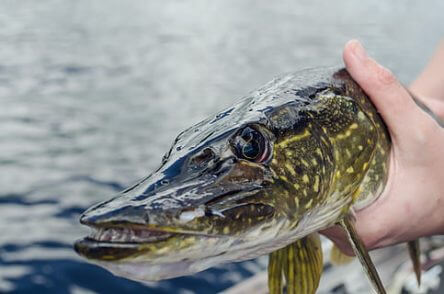
Nature and evolution have helped animals hunted by vicious predators and live in a dangerous environment to survive against all the odds. There are several reasons why a fish produces slime on its body. Nature has given fish this ability to protect themselves from predators, prevent infections from their open wounds, and prevent parasites from invading their bodies.
The researchers from Oregon was OK, but as soon as researcher's from Cali were added, they lost all credibility.Researchers from Oregon State University in Corvallis and California State University in Fullerton led the most recent foray into unexplored reservoirs of bacteria, concentrating their attention on the protective slime, or mucus, that coats fish.
I'm just joshing you.
- Joined
- Jan 30, 2020
- Messages
- 1,145
- Reaction score
- 1,240
WOW! 12 years in the hobby and at least up untill 18 months ago still making nob mistakes. Didn't learn so much in the first 10.1/2 years then throwing meds at an unknown issue buying fish that were so stressed out it died when you stressed it even more. So you couldn't spot a very stressed out tang and still bought it. Another major nob thing to do.
You need serious help guy.
- Joined
- Jan 30, 2020
- Messages
- 1,145
- Reaction score
- 1,240
The team chose to focus on younger fish because they tend to have thicker mucus layers. The extra mucus is necessary because their immune systems are relatively undeveloped, which means that they need additional protection.
Ref: https://www.medicalnewstoday.com/articles/324837#Challenges-ahead
Earlier in this thread you were claiming that young fish had fully developed immune systems from their mothers.
As for baby fish coming out with full immunity. They certainly do. They have the same immunity as their Mothers. I did post the scientific study on that before but I have no need to find it now. I think I also put it in my book someplace.
I kind of feel like you post studies but don't really read them, just cite them and then claim it somehow supports what you say. I mean you just posted this study, which supports what I said earlier, rather than what you've been claiming this entire time.
- Joined
- Jan 30, 2020
- Messages
- 1,145
- Reaction score
- 1,240
Every retailer kept fish in copper back in the day. I can see where some variation from mean could be caused by differing stages of the parasite's life cycle in individual fish. However, I firmly believe the bigger factor was stress and food.
Personally, I don't believe in true immunity to parasitic dinoflagellates like Velvet. However, I do think that when fish are otherwise healthy, provided the right diet, and remain unstressed they can exhibit immune-like characteristics.
I think it is splitting hairs to argue about the word "immunity" though. It gets in the way of getting good information communicated.
This entire thread is supposed to be about fish immunity. The title is literally "Do fish have immunity".
It's not my fault some people are making false claims about immunity and are confusing it with healthy fish being able to live with it.
You need a different hobby you have no idea with this one. Not even seen a photo of your tank. Seriously think of stamp collecting or something without animals involvedYou need serious help guy.
Yes I did and they do. The immunity protects them long enough for them to absorb their yolk sack until they start eating. But whatever the Mother is immune to, so are the fry. If they weren't, there would be no fish as bacteria and parasites would kill them almost instantly.Earlier in this thread you were claiming that young fish had fully developed immune systems from their mothers.
Mindme, I have been trying to ignore you as I don't really want to or have to prove everything I say. If you don't believe any of what I post, just don't read it.
If I am a charlatan, so be it, I think there will be quite a few people that may disagree with you, but it doesn't matter as I said, I have nothing to prove.
Have a great day.
- Joined
- Jan 30, 2020
- Messages
- 1,145
- Reaction score
- 1,240
You need a different hobby you have no idea with this one. Not even seen a photo of your tank. Seriously think of stamp collecting or something without animals involved
At this point, you're just looking for things to throw at me really. I'm not sure what part of 10 years without doing a QT you didn't understand and that I was in the process of learning how to QT for the first time.
I'll probably make more noob mistakes tomorrow as well. This hobby has changed so much in the past 12 years that there are very few things that are done the same way.
My tank from 6 months ago. It's crazy how much the coral have grown since this pic, I need to take some fresh ones. But here you go.
Left side of my tank:
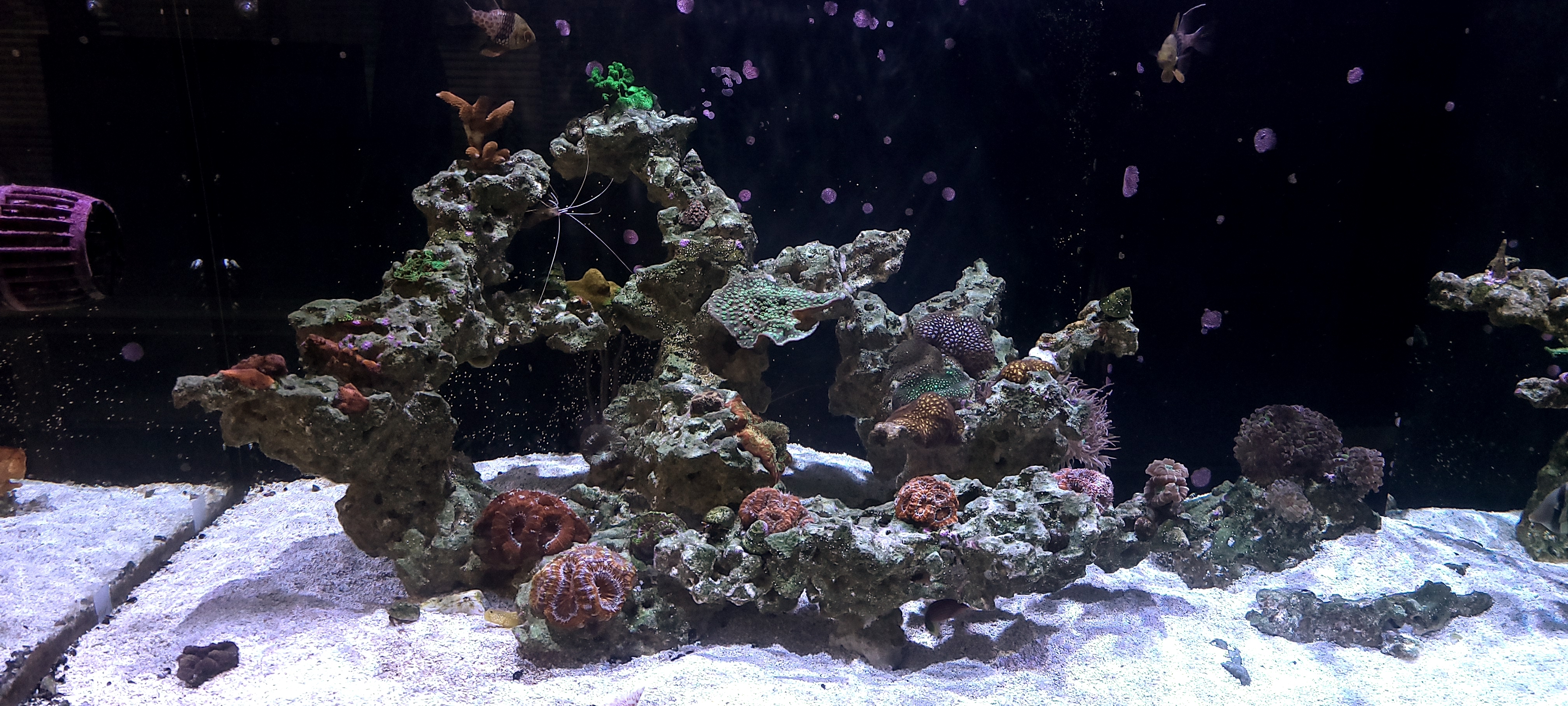
Right side of my tank:
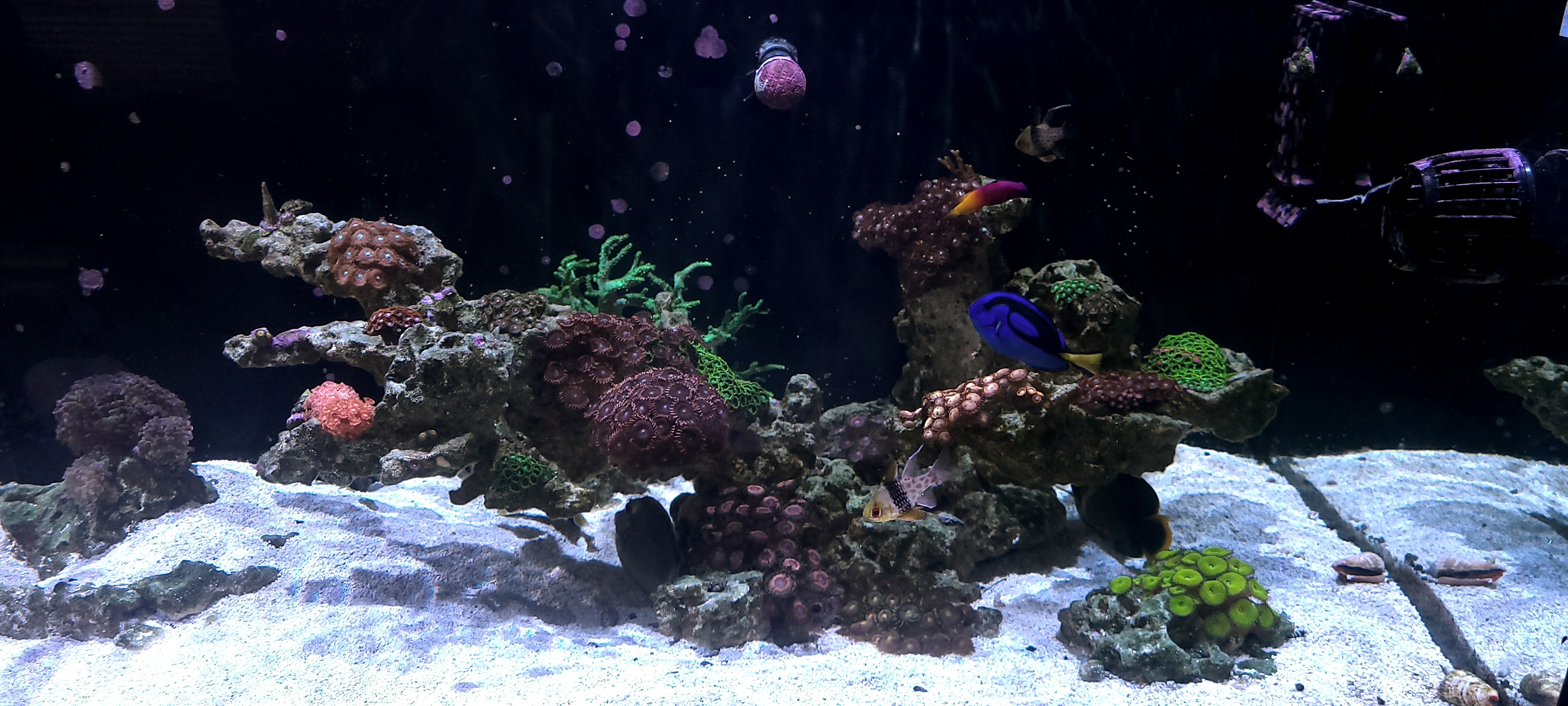
Some of my favorite shots:
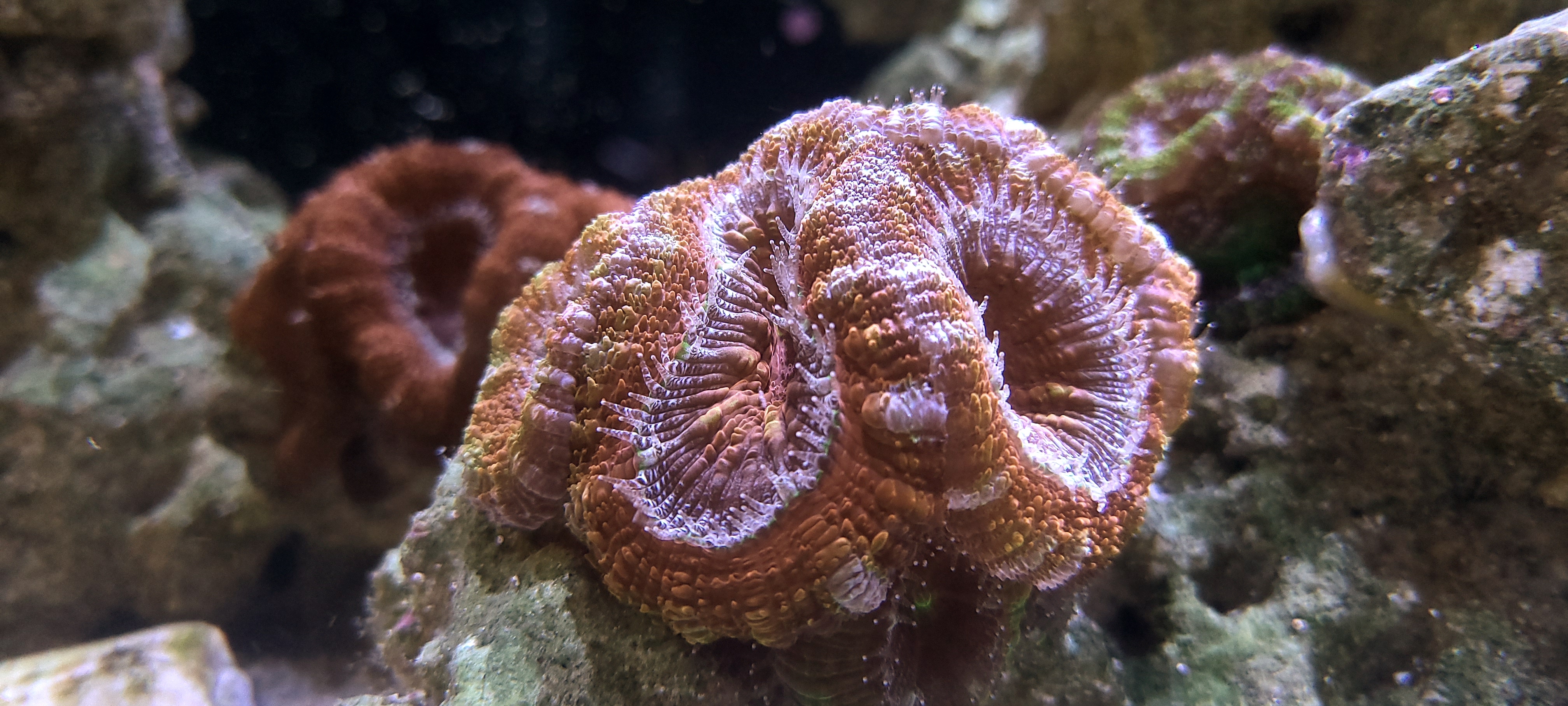
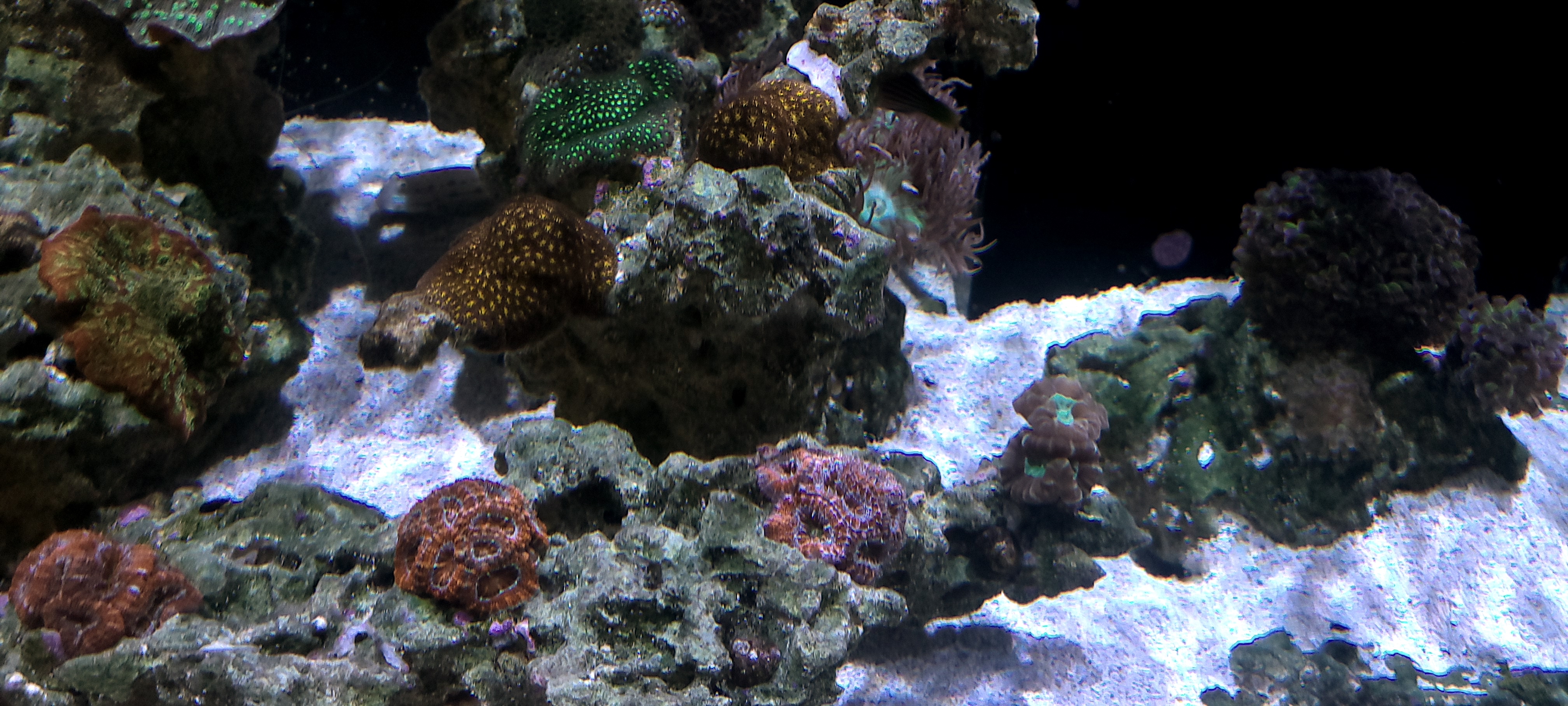
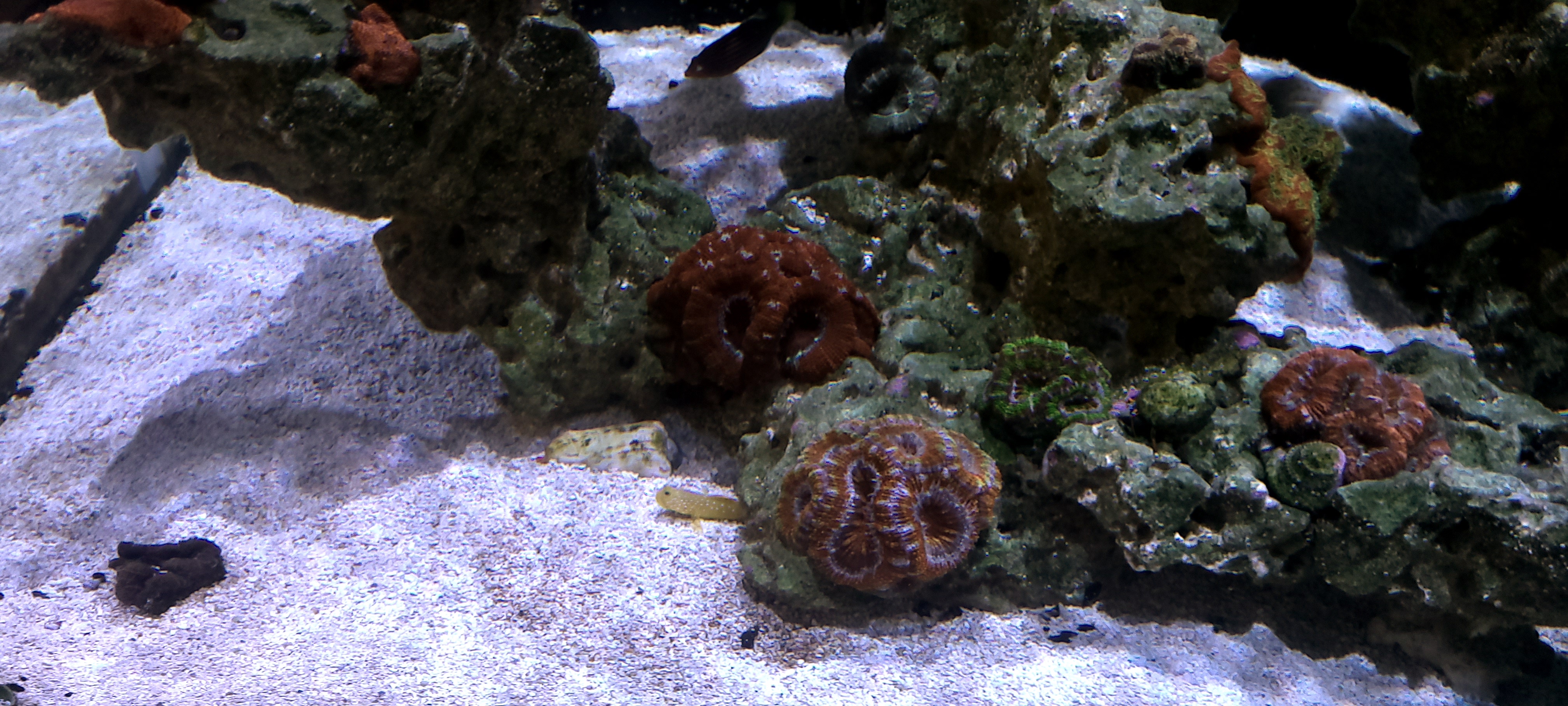
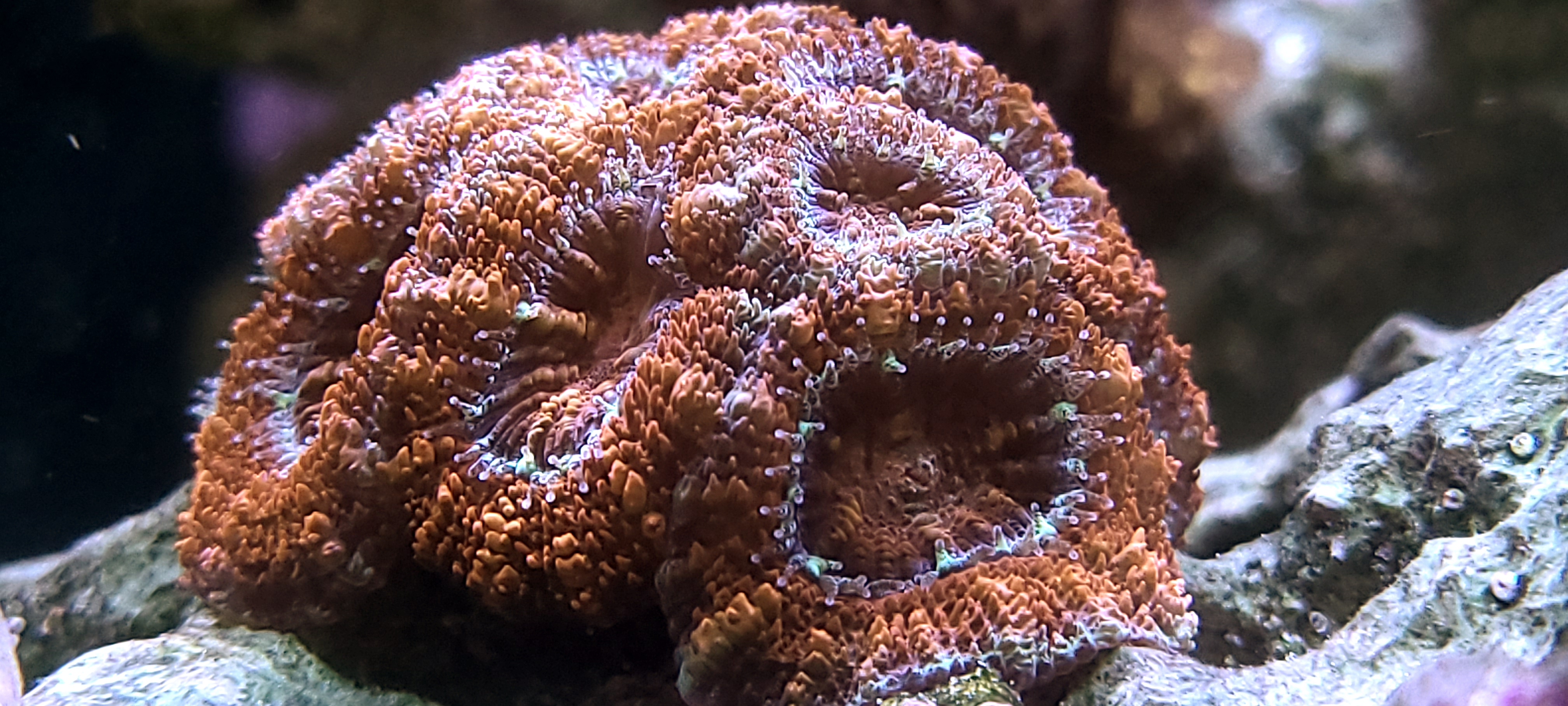
Looking forward to seeing how you try to attack my credibility next.
One study of immunity in fish fry if anyone is interested.
J Gen Virol
. 1996 Oct;77 ( Pt 10):2441-5.
doi: 10.1099/0022-1317-77-10-2441.
Affiliations expand
J Gen Virol
. 1996 Oct;77 ( Pt 10):2441-5.
doi: 10.1099/0022-1317-77-10-2441.
Mother to fry, successful transfer of immunity against infectious haematopoietic necrosis virus infection in rainbow trout
S Oshima 1, J Hata, C Segawa, S YamashitaAffiliations expand
- PMID: 8887476
- DOI: 10.1099/0022-1317-77-10-2441
Abstract
We have tested whether immunity can be transferred from a mother fish to its fry. Rainbow trout mother fish were inoculated against infectious haematopoietic necrosis virus (IHNV) by intraperitoneal injection of a fragment of the IHNV glycoprotein spanning amino acids 31 to 310. This protein fragment was obtained by isolating the specific cDNA from Japanese IHNV strain HV7601 and expressing it in Escherichia coli. Fry from immunized and control fish were exposed to IHNV at various intervals after hatching, and their mortality monitored. Survival of the fry of immunized fish was significantly greater when exposure to virus occurred 7 days after hatching, and some immunity appeared to persist until at least 25 days after hatching.- Joined
- Jan 30, 2020
- Messages
- 1,145
- Reaction score
- 1,240
Yes I did and they do. The immunity protects them long enough for them to absorb their yolk sack until they start eating. But whatever the Mother is immune to, so are the fry. If they weren't, there would be no fish as bacteria and parasites would kill them almost instantly.
Mindme, I have been trying to ignore you as I don't really want to or have to prove everything I say. If you don't believe any of what I post, just don't read it.
If I am a charlatan, so be it, I think there will be quite a few people that may disagree with you, but it doesn't matter as I said, I have nothing to prove.
Have a great day.
Yeah, turns out you can't just ignore people and make them shut up. Sorry.
So when you post things that are false, no matter if you ignore me or not, I get to debunk and show where you are wrong.
At any rate, the study you posted disagrees with you on baby fish having all the immunity of their mothers, and instead they echo what I've been saying this entire time, that a baby fish's immune system is underdeveloped.
Which btw is all organisms, not just fish.
Last edited:
- Joined
- Jan 30, 2020
- Messages
- 1,145
- Reaction score
- 1,240
One study of immunity in fish fry if anyone is interested.
J Gen Virol
. 1996 Oct;77 ( Pt 10):2441-5.
doi: 10.1099/0022-1317-77-10-2441.
Mother to fry, successful transfer of immunity against infectious haematopoietic necrosis virus infection in rainbow trout
S Oshima 1, J Hata, C Segawa, S Yamashita
Affiliations expand
- PMID: 8887476
- DOI: 10.1099/0022-1317-77-10-2441
Abstract
We have tested whether immunity can be transferred from a mother fish to its fry. Rainbow trout mother fish were inoculated against infectious haematopoietic necrosis virus (IHNV) by intraperitoneal injection of a fragment of the IHNV glycoprotein spanning amino acids 31 to 310. This protein fragment was obtained by isolating the specific cDNA from Japanese IHNV strain HV7601 and expressing it in Escherichia coli. Fry from immunized and control fish were exposed to IHNV at various intervals after hatching, and their mortality monitored. Survival of the fry of immunized fish was significantly greater when exposure to virus occurred 7 days after hatching, and some immunity appeared to persist until at least 25 days after hatching.
There is some cross over between mother and their babies. The mothers can also transmit diseases to their babies as well.
However, that is a far cry from your claim that they are born with full immunity from their mothers.
Review
Fish Shellfish Immunol
. 2006 Feb;20(2):126-36.
doi: 10.1016/j.fsi.2004.09.005.
Affiliations expand
Erythrocytes and macrophages are the first blood cells to be identified in zebrafish embryos. They occur in the ICM, the duct of Cuvier and the peripheral circulation. Between 24 and 30 hour post-fertilization (hpf) at a temperature of 28 degrees C a few myeloblasts and myelocytes appear between the yolk sac and the body walls, and the ventral region of the tail of 1-2 day-old zebrafish also contains developing blood cells. The thymus, kidney and spleen are the major lymphoid organs of teleosts. The thymus is the first organ to become lymphoid, although earlier the kidney can contain hematopoietic precursors but not lymphocytes.
I am now done and will no longer answer to any of your silly questions or disprove or prove anything. Many my fish are older than your entire Noob tank. Immune, charlatans or not.
Have a nice day
Fish Shellfish Immunol
. 2006 Feb;20(2):126-36.
doi: 10.1016/j.fsi.2004.09.005.
Ontogeny of the immune system of fish
A Zapata 1, B Diez, T Cejalvo, C Gutiérrez-de Frías, A CortésAffiliations expand
- PMID: 15939627
- DOI: 10.1016/j.fsi.2004.09.005
Erythrocytes and macrophages are the first blood cells to be identified in zebrafish embryos. They occur in the ICM, the duct of Cuvier and the peripheral circulation. Between 24 and 30 hour post-fertilization (hpf) at a temperature of 28 degrees C a few myeloblasts and myelocytes appear between the yolk sac and the body walls, and the ventral region of the tail of 1-2 day-old zebrafish also contains developing blood cells. The thymus, kidney and spleen are the major lymphoid organs of teleosts. The thymus is the first organ to become lymphoid, although earlier the kidney can contain hematopoietic precursors but not lymphocytes.
I am now done and will no longer answer to any of your silly questions or disprove or prove anything. Many my fish are older than your entire Noob tank. Immune, charlatans or not.
Have a nice day
Similar threads
- Replies
- 5
- Views
- 184
- Replies
- 2
- Views
- 93
- Replies
- 4
- Views
- 249


















